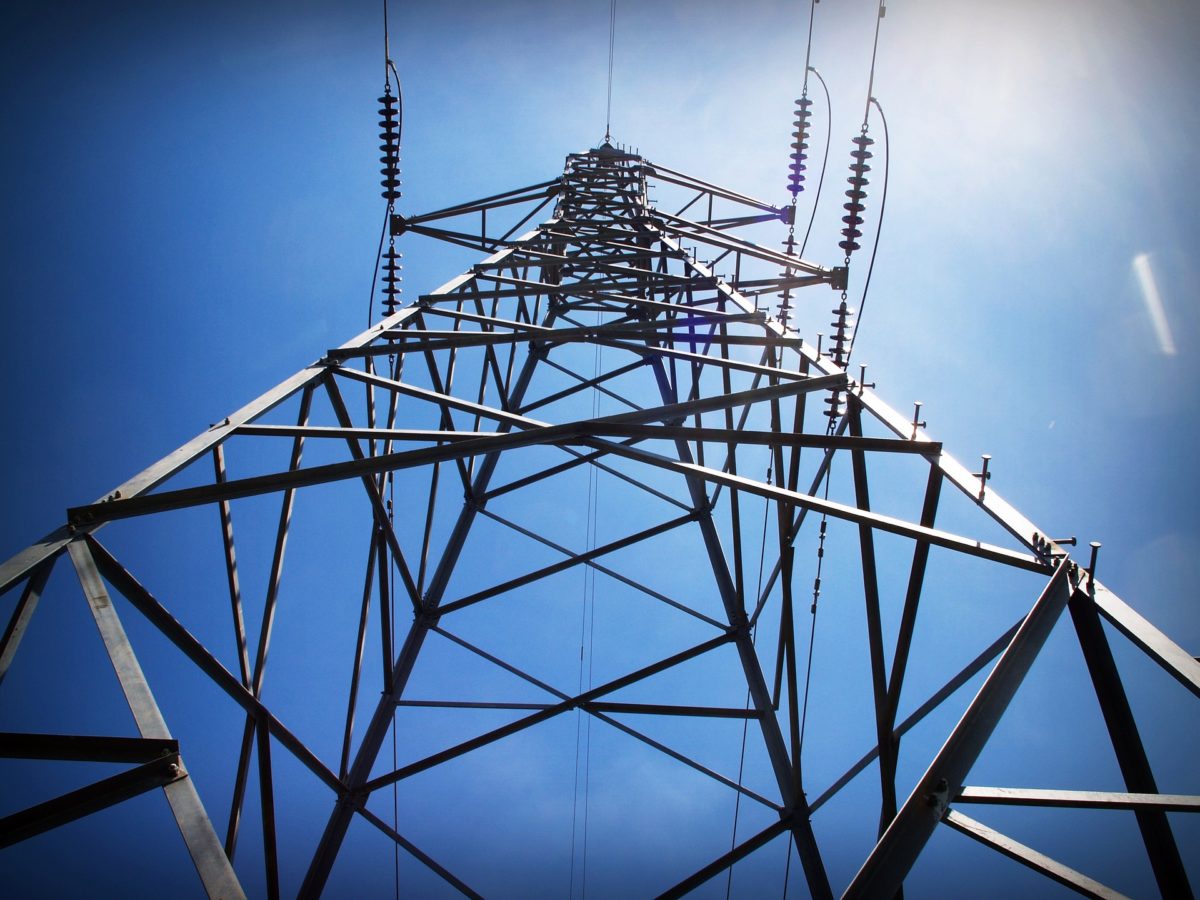From pv magazine Australia.
As the energy sector undergoes momentous change, moving towards a decentralized generation model, the Australian Energy Market Operator (AEMO) is looking to harness the potential of distributed energy resources. In its latest move, AEMO has opened registrations for participation in its virtual power plant (VPP) demonstration program.
The program will test the potential of small scale systems aggregated into VPPs to deliver frequency control ancillary services and energy and network support services to the grid. The initiative, which will include pilot VPPs across Australia and jointly operate their distributed generation portfolios aims to benefit all energy users by enabling a more efficient and affordable power system.
“Australia’s energy landscape is rapidly transforming – faster than most developed economies – creating power-system operation and design challenges as well as presenting opportunities to create a future, world-class power system,” said AEMO emerging markets and services executive general manager Violette Mouchaileh. “As the independent energy system and market operator, we believe DER [distributed energy resource] growth can empower consumers to contribute scalable value to our future energy system by joining virtual power plants that actively participate in Australia’s electricity markets.”
Under the program, AEMO is establishing a framework to allow VPPs to demonstrate their capability to deliver contingency frequency control ancillary services and assist energy markets. The VPP demonstrations will see such aggregators trial a new specification to deliver contingency frequency control ancillary services and AEMO will observe how VPPs respond to energy market price signals, as non-scheduled resources.
The goal is to make VPPs visible to the market operator and use the data collected to inform changes to regulations and operational processes and to pave the way to smooth integration of VPPs before they reach commercial scale. Over 12 to 18 months the program will also aim to provide insights into how to improve consumer experience of VPPs and to understand which cyber security measures VPPs have and whether such capabilities should be augmented.
A growing pipeline of VPPs
Australia hosts some of the most advanced VPP projects in the world – particularly for rooftop PV and battery storage – on and off the grid. Though most are relatively small – at around 5-10 MW of generation or storage capacity – AEMO anticipates up to 700 MW of VPP capacity by 2022.
Prominent grid-connected examples include the 36 MW Next Generation Energy Storage Program launched in Canberra in 2016 with more than 5,000 household batteries as a pilot round under the Australian Capital Territory’s battery subsidy scheme. The South Australian public housing tenants’ project known as the Tesla VPP is another such system. According to the state government's last week's announcement, the project is nearing a potential third phase which could see 50,000 homes connected to become the equivalent of a 250 MW/650 MWh network of decentralized power generating units in one of the world’s largest VPPs.
In addition to projects initiated by state governments, Australian generator-retailers have also been building distributed generation networks, including AGL, with a 5 MW virtual power plant in Adelaide; Simply Energy (8 MW in Adelaide); and Origin Energy (with a 5 MW plant in Victoria).
Funding
As a vital step towards increasing the participation of VPPs in the National Electricity Market, the AEMO virtual power plant demonstration scheme was underpinned by $2.46 million (US$1.69 million) from the Australian Renewable Energy Agency (ARENA). The agency also played a role in funding South Australia’s VPP trials with AGL and Simply Energy and supported Greensync’s deX platform, a digital marketplace for grid services provided by residential and commercial rooftop solar arrays, batteries and electric vehicles.
“VPPs will play an important role in maintaining grid stability and managing peaks in demand by harnessing consumer-owned energy assets like rooftop solar and batteries,” said ARENA chief executive Darren Miller. “More than two million Australian households have already taken up rooftop solar and tens of thousands are adding home batteries so it is going to be increasingly important to have the ability to coordinate and control these distributed assets – as well as other distributed assets such as smart appliances, solar hot water systems, pool pumps and electric vehicles. This trial is a crucial first step towards that.”
This content is protected by copyright and may not be reused. If you want to cooperate with us and would like to reuse some of our content, please contact: editors@pv-magazine.com.




1 comment
By submitting this form you agree to pv magazine using your data for the purposes of publishing your comment.
Your personal data will only be disclosed or otherwise transmitted to third parties for the purposes of spam filtering or if this is necessary for technical maintenance of the website. Any other transfer to third parties will not take place unless this is justified on the basis of applicable data protection regulations or if pv magazine is legally obliged to do so.
You may revoke this consent at any time with effect for the future, in which case your personal data will be deleted immediately. Otherwise, your data will be deleted if pv magazine has processed your request or the purpose of data storage is fulfilled.
Further information on data privacy can be found in our Data Protection Policy.